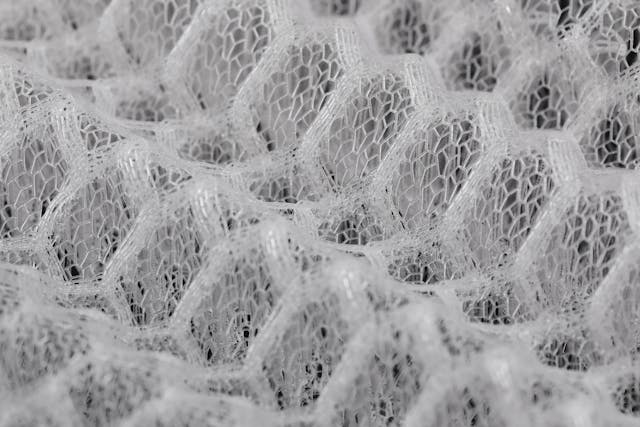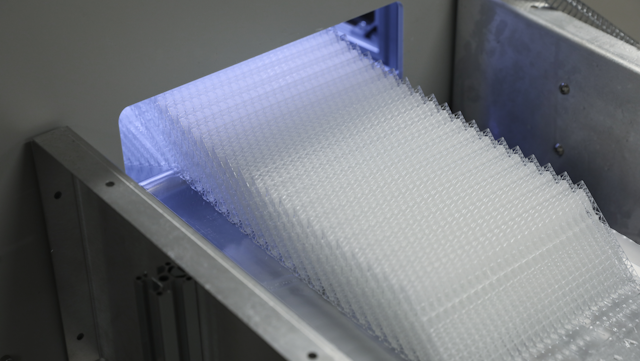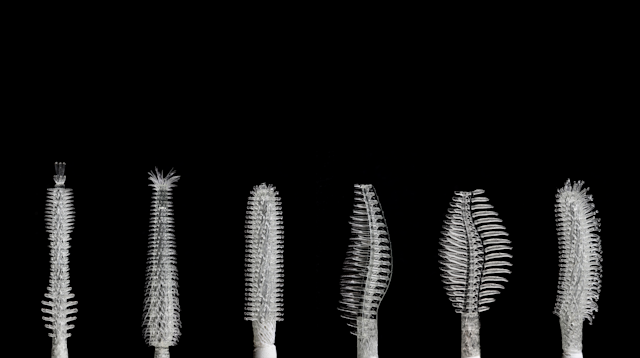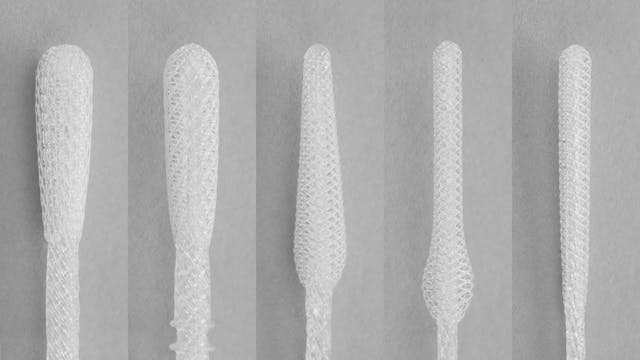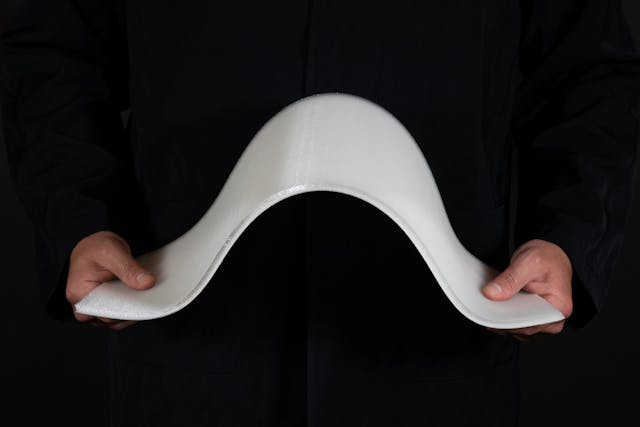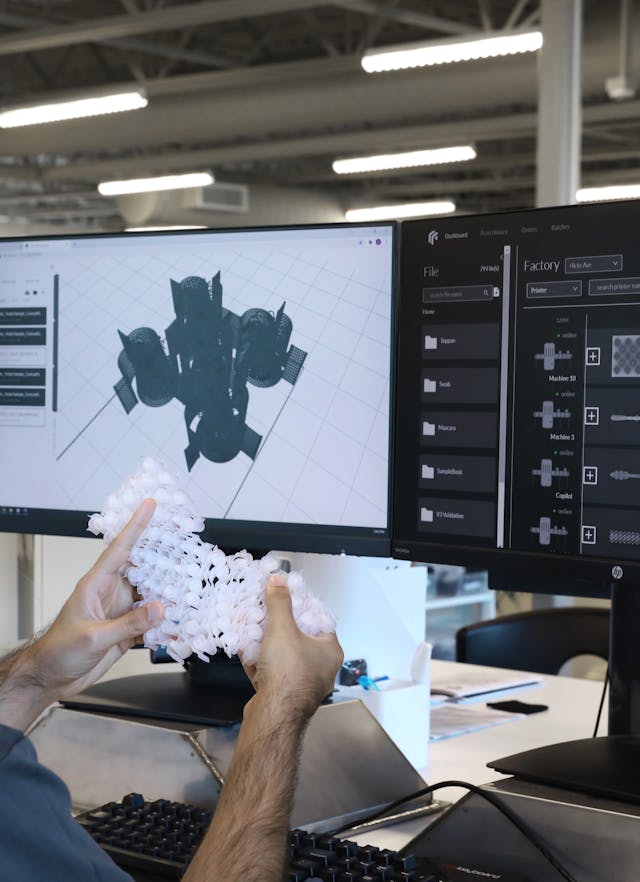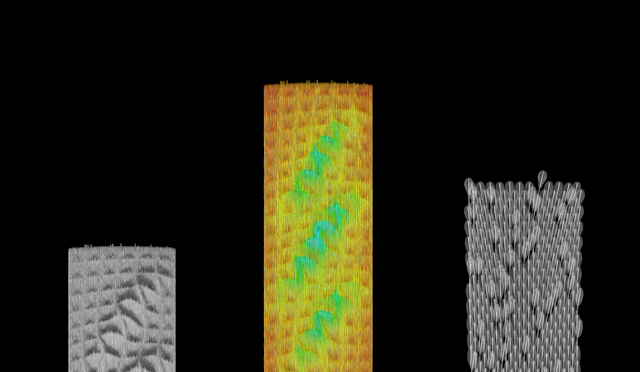Testing for infectious diseases: the basics
Testing for infectious diseases: the basics
Overview
Ordinarily, infectious diseases account for only a small percentage of overall global deaths. However, if infectious disease cases are not properly monitored, they can become dangerous and can wreak havoc on health systems and economies. For this reason, disease detection is extremely important.
How Infectious Diseases Spread
Infectious diseases are caused by microorganisms such as viruses and bacteria. They can spread in a number of ways including:
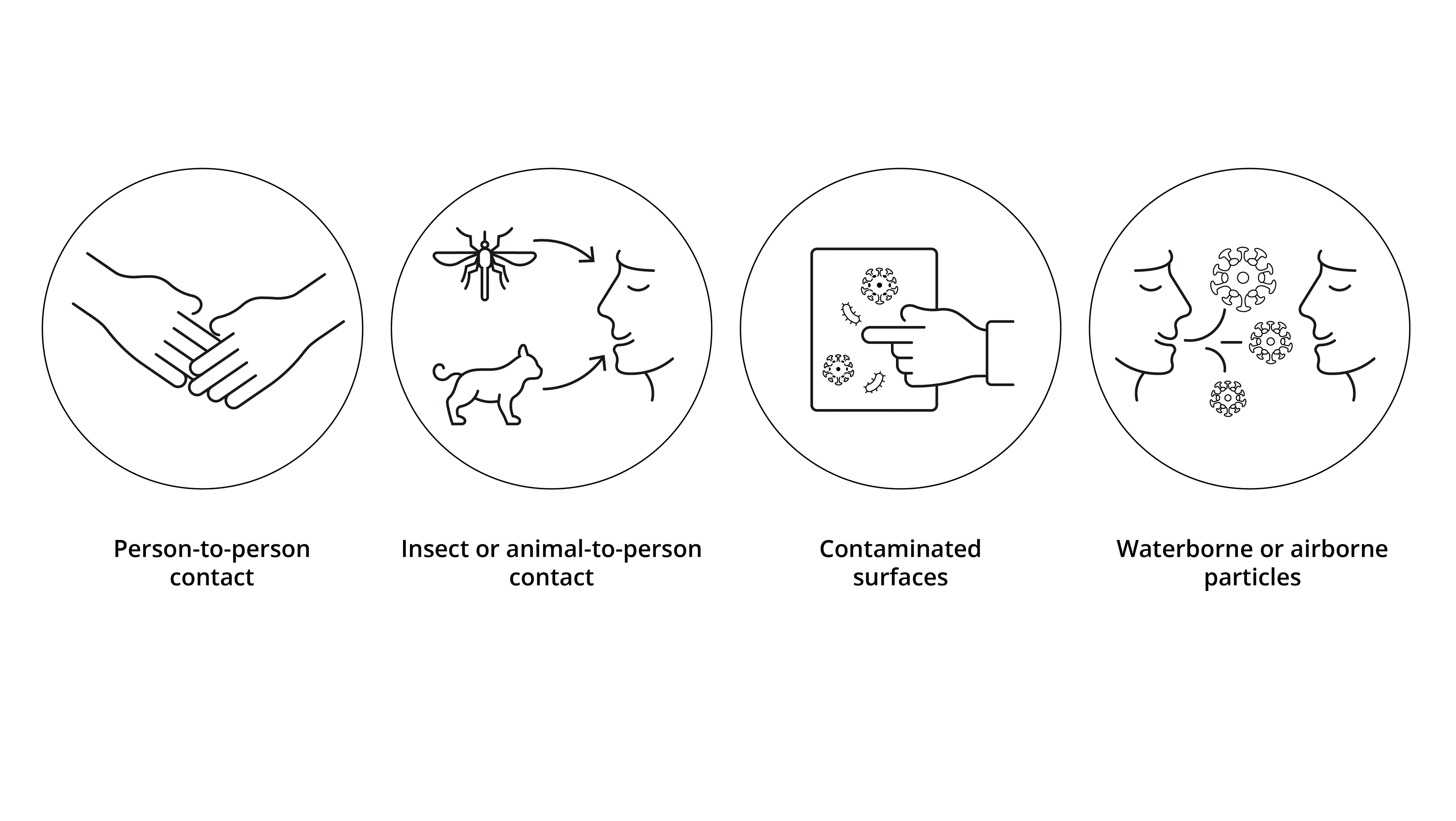
- Person-to-person contact
- Insect or animal-to-person contact
- Contaminated surfaces
- Waterborne or airborne particles
- Exchanges of fluids
The Impact of Infectious Diseases
Some of the most common infectious diseases include influenza, HIV/AIDS, viral hepatitis, and tuberculosis. COVID-19 is also a deadly infectious disease. The COVID-19 pandemic alone has caused 185.05 deaths per 100,000 people in the US1which marks a significant increase from normal years.
In 2020, COVID-19 was the third leading cause of death in the US, surpassing strokes, Alzheimer’s disease, and diabetes. The disease was largely responsible for the 17.7% overall increase in the number of deaths from 2019 to 2020 in the US.2 The COVID-19 pandemic has highlighted just how dire infectious disease outbreaks can be, and why it is so important to monitor them with testing.
Detecting Infectious Diseases
To detect an infectious disease, a test must identify a bacterium, virus, or other microorganism in a patient.5 Laboratory tests can identify these microorganisms by analyzing a sample from a patient such as fluid or tissue. Some of the most common types of tests include microscopy tests, culture tests, immunologic tests, nucleic acid-based tests, and non-nucleic acid-based tests.6
Below is a description of each type of test:
- Microscopy tests are a rapid and inexpensive way to detect certain infectious diseases in specimens.7,8 Accurate interpretation of a sample from this type of test requires some training and experience.7There are several different types of microscopy tests which serve different purposes. For example, electron microscopic diagnosis is uniquely suited for identifying infectious agents quickly. With this method, an experienced virologist or technologist can identify a pathogen in about 10 minutes.9,10
- Culture tests are a detection technique where microorganisms are grown in a growth medium. Culture can make certain microbes easier to identify and detect. The time needed for culturing depends on the types of microorganisms and the type of growth medium. However, a test using culture usually takes longer than a microscopy test.
- Immunologic tests are used to detect infectious diseases by identifying antigens from the infectious agents or antibodies from immune responses. They deliver results in a short period of time.13 These tests are commonly used in not only infectious disease detection, but also for pregnancy tests, allergy tests, and drug tests.
- Nucleic acid-based identification methods detect pathogens which cause infectious diseases by identifying pathogens’ specific genomic sequences (DNA or RNA). These tests provide fast, accurate, and sensitive results.14 This method usually involves two steps. The first step is pre-treating the sample, for example, extracting and purifying target nucleic acids. The next step is genetic analysis, which often includes a nucleic acid amplification step.14 Reverse-transcription polymerase chain reaction (PCR) is one of the most commonly used techniques for amplifying a target DNA fragment. Compared to antibody-based detection, PCR tests are more accurate. They can also detect viruses early in the infection cycle, and exhibit higher sensitivity which results in fewer false negatives.14
- Non-nucleic acid-based identification methods are based on functional or morphologic characteristics of organisms instead of their genetic information.15 These tests can identify a microorganism by detecting specific proteins which it contains or produces.16 For instance, mass spectrometry can detect various proteins of different masses in a specimen. The relative mass and abundance of unique proteins in specific pathogens can sometimes be used to identify them.15
Use Cases for Tests
Testing is essential for individual people’s health as well as general public health. There are many different use cases for the tests described above. Here are a few of the most common ones:
- Diagnostic testing is used to identify a disease in an individual. Diagnostic tests are generally performed when there is a reason to suspect that an individual may be infected. For example, if they are showing symptoms of a disease or they have had recent exposure, a diagnostic test can help determine if they have been infected.17 High-accuracy tests tend to be deployed for diagnostic tests. For instance, PCR tests are widely used for COVID-19 diagnostic tests.
- Screening testing is used when there is no specific reason to suspect that an individual has a disease.17 Screening tests are often performed at regular intervals as part of an individual’s health maintenance. For example, many people begin having regular colonoscopies at the age of 50. Screening tests tend to use methods which are fast, though sometimes slightly less accurate than what would be used for a diagnostic test.
- Surveillance testing is used to monitor disease outbreaks in populations. With results from these tests, epidemiologists can track a disease and ideally curb its spread.17 Unlike diagnostic and screening tests, which focus on individuals’ health, the main purpose of surveillance testing is to make big-picture public health decisions.
Infectious diseases can take a significant toll on individuals’ lives and the health of communities. Though affordable, accurate, and accessible rapid testing, these problems can be alleviated. Different types of tests serve different purposes, from monitoring how a disease is spreading within a population, to screening for diseases to help with preventative care, to checking if a person has contracted a disease after exposure. Advancements in all varieties of these tests can lead to improved health for individuals and communities.
Bibliography
- Soucheray S. Infectious disease deaths decline across US, but not evenly | CIDRAP. https://www.cidrap.umn.edu/news-perspective/2018/03/infectious-disease-deaths-decline-across-us-not-evenly. Published 2018. Accessed July 13, 2021.
- Kochanek KD, Murphy SL, Xu J, Tejada-Vera B. Deaths: final data for 2014. Natl Vital Stat Rep. 2016;65(4):1-122.
- Johns Hopkins Coronavirus Resource Center. Mortality Analyses. https://coronavirus.jhu.edu/data/mortality. Published 2021. Accessed July 12, 2021.
- Ahmad FB, Anderson RN. The leading causes of death in the US for 2020. JAMA. 2021;325(18):1829-1830. doi:10.1001/jama.2021.5469
- Walker DH. Principles of diagnosis of infectious diseases. In: Pathobiology of Human Disease. Elsevier; 2014:222-225. doi:10.1016/B978-0-12-386456-7.01713-5
- Vazquez-Pertejo MT. Introduction to Laboratory Diagnosis of Infectious Disease – Infectious Diseases – Merck Manuals Professional Edition. https://www.merckmanuals.com/professional/infectious-diseases/laboratory-diagnosis-of-infectious-disease/introduction-to-laboratory-diagnosis-of-infectious-disease. Published 2020. Accessed July 18, 2021.
- Thomas E, Albritton W. Office microscopy in the diagnosis of infectious diseases. Can Fam Physician. 1988;34:379-383.
- Kidenya BR, Mshana SE, Gerwing-Adima L, Kidola J, Kasang C. Drug Adherence and Efficacy of Smear Microscopy in the Diagnosis of Pulmonary Tuberculosis after 2 months of Medication in North-western Tanzania. Int J Infect Dis. August 2017. doi:10.1016/j.ijid.2017.07.025
- Gelderblom HR, Hazelton PR. Specimen collection for electron microscopy. Emerging Infect Dis. 2000;6(4):433-434. doi:10.3201/eid0604.000427
- Hazelton PR, Gelderblom HR. Electron microscopy for rapid diagnosis of infectious agents in emergent situations. Emerging Infect Dis. 2003;9(3):294-303. doi:10.3201/eid0903.020327
- Golding CG, Lamboo LL, Beniac DR, Booth TF. The scanning electron microscope in microbiology and diagnosis of infectious disease. Sci Rep. 2016;6:26516. doi:10.1038/srep26516
- Koo I. Using Cultures for Infectious Disease Diagnosis. https://www.verywellhealth.com/diagnosis-of-an-infection-microbial-cultures-1958751. Published 2020. Accessed July 14, 2021.
- What are immunological tests? https://www.ncbi.nlm.nih.gov/books/NBK373089/. Published June 30, 2016. Accessed July 15, 2021.
- Yu AC-H, Vatcher G, Yue X, et al. Nucleic acid-based diagnostics for infectious diseases in public health affairs. Front Med. 2012;6(2):173-186. doi:10.1007/s11684-012-0195-5
- Vazquez-Pertejo MT. Non-Nucleic Acid–Based Identification Methods for Infectious Disease – Merck Manuals Professional Edition. https://www.merckmanuals.com/professional/infectious-diseases/laboratory-diagnosis-of-infectious-disease/non-nucleic-acid%E2%80%93based-identification-methods-for-infectious-disease?redirectid=171. Published 2020. Accessed July 15, 2021.
- Vazquez-Pertejo MT. Diagnosis of Infectious Disease – Merck Manuals Consumer Version. https://www.merckmanuals.com/home/infections/diagnosis-of-infectious-disease/diagnosis-of-infectious-disease. Published 2020. Accessed July 14, 2021.
- Overview of testing for sars-cov-2 (covid-19). Centers for Disease Control and Prevention. https://www.cdc.gov/coronavirus/2019-ncov/hcp/testing-overview.html. Accessed July 27, 2021.
